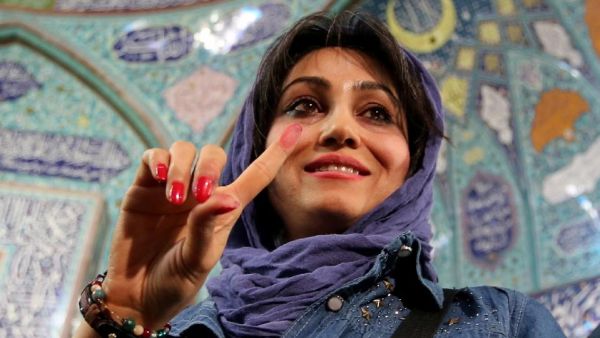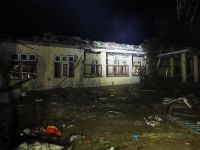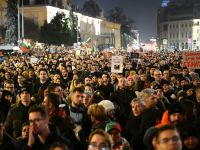Millions of Iranians turned out Friday to cast their ballots in this year’s crucial double election. At stake were seats in Iran’s parliament – called the Majlis – as well as seats in the Assembly of Experts, a body that selects the Supreme Leader.
Partial results on Saturday showed that allies of Iran’s moderate President Hassan Rouhani are doing well against conservatives for seats in the Majlis. The pro-Rouhani coalition of reformists and moderates is headed toward a possible major victory in the capital Tehran, where they are ahead in 29 of the city’s 30 seats as of Saturday evening - their strong results in the capital could bode well for the coalition elsewhere.
Early results also showed Rouhani and allied pragmatist, former president Akbar Hashemi Rafsanjani, leading the race for the Assembly of Experts, according to Reuters.
Friday’s elections come at important time for Iran, and are crucial for a number of reasons:
1. Many see the elections as a vote of confidence on Rouhani’s administration and the nuclear deal.
The elections on Friday were the first since moderate President Rouhani entered office in 2013. They are also the first since last summer’s nuclear deal and its implementation one month ago. Because of this, the double election is widely seen as a vote of confidence on Rouhani’s government and on his promise to bring about economic relief alongside the lifting of nuclear sanctions. The outcome of this election will also determine Rouhani’s chances of running for a second four-year term in 2017 - strong numbers for the reformist/moderate coalition Saturday night could mean a strong political momentum in Rouhani's favor.
2. The election could mark a comeback for reformists.
Outside Rouhani’s cabinet, Iran’s main government institutions are dominated by conservative hardliners. The elections on Friday mark a contest between the conservative establishment and reformist politicians. Reformists were prominent in the 2009 presidential race, but their momentum was halted when conservative Ahmadinejad won the contest, sparking massive protests – which came to be known as the Green Movement – against the supposed unfairness of the election results. A strong showing for the pro-Rouhani coalition in Friday’s contest could mean a comeback for reformists and moderates.
3. The newest Assembly of Experts members may end up choosing the next Supreme Leader.
Supreme Leader Ayatollah Ali Khamenei, who has the final say on political and religious matters, is a ripe 76 years old, which means the time to choose his successor is soon. Members of the Assembly of Experts, the group tasked with choosing the next Supreme Leader, serve eight-year terms – whoever is voted into the group this year may well be a part of that decision. Early results showing President Rouhani’s and ally Rafsanjani’s leads are no small feat for the pro-reformist alliance.
Final election results are expected by Monday.







